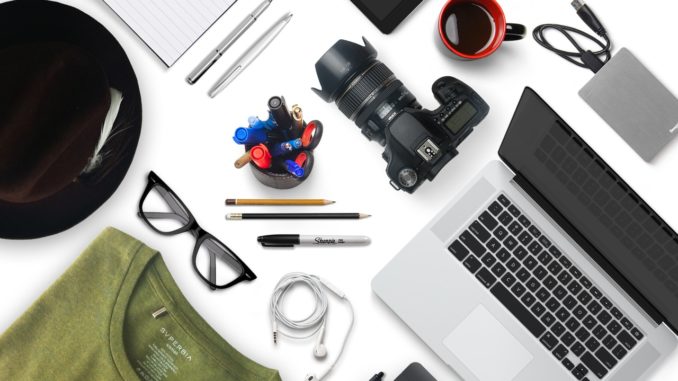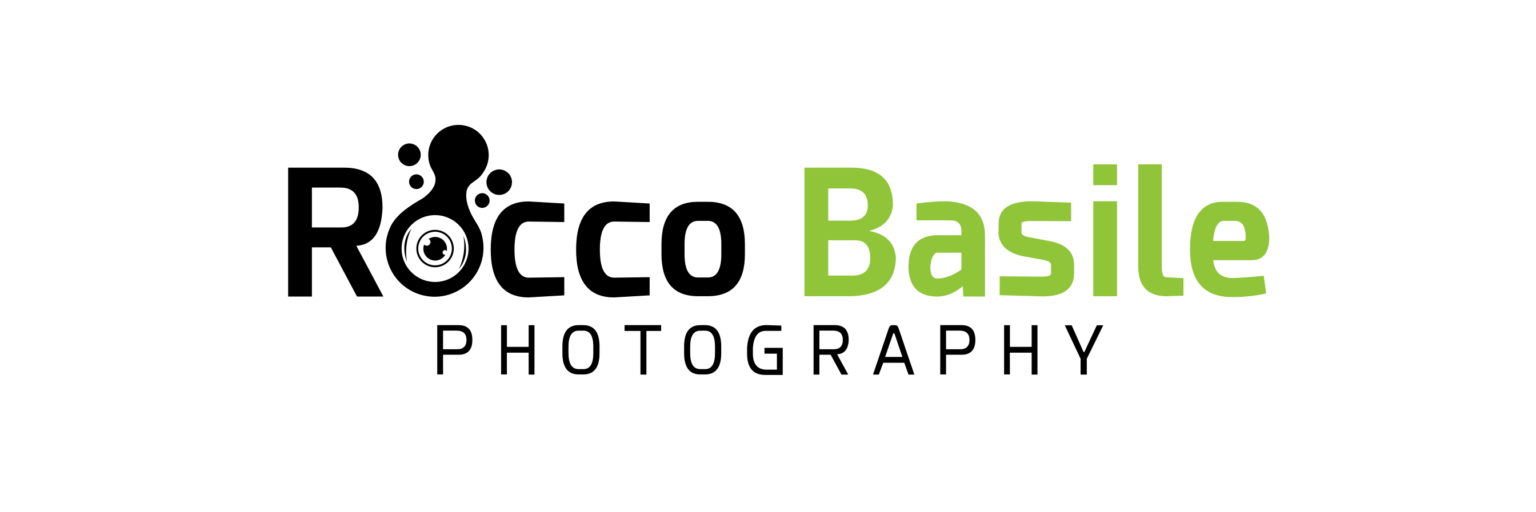
Both amateur and experienced photographers everywhere might screech at the mere thought of the risk that comes with free-lensing. Free-Lensing helps a photographer achieve a macro or tilt-shift lens texture in photos. Many photographers are taking on this style and impressing clients. that It’s taking the photography world by storm that even professional, Tana Taylor Adoption, does it. To help ease the overall process of learning the benefits and basic information, this guide is here to help.
What is Free lensing
Free-Lensing requires photographer to actually separate the camera lens from the camera’s body. This style of photography adopted by photographers achieves a tilt-shift or macro lens texture on photos. Something about the out of focus lens purposely blurs images at the right angles to evoke feeling before any additional editing. The unedited photos achieve a dream like image coming from a memory because of the capabilities of shifting focus. This technique is becoming more popular among photographers because of the artistic element it automatically adds to pictures. The process includes removing the lens and holding it at a certain range or angle in front of camera.
Camera Gear
Before starting, it is important to understand that free-lensing isn’t only achievable with specific cameras created for it. It is a concept that is achievable with any camera that provides for lenses, which are easily and quickly interchangeable. Many professional photographers report that results are best with lens at an ideal 50mm range from the camera. Any more than 50mm will be too difficult to accurately focus and smaller presents a view too broad in depth. No specific camera model is needed, but keep in mind a detached lens could lead to dirt and debris in camera.
The Process
The lens starts on the camera as it normally does, the camera is powered on and positioned to manual mode. Then proceed to choose an aperture of your preference or one that fits the mood of the shoot. If the camera isn’t exposed, power it off, the lens removed and held in front of camera and turned it back on.
Helpful Tips
There are a few helpful tips to keep in mind to help yield the most ideal results. These tips include, but not limited to:
- The further camera is from the lens, the better the magnification.
- Learn to move the lens in directions of left, right, up and down to determine what parts are out of focus.
Practice! Practice! Practice!
Using the space between the camera and lens to bring in unique streaks of light resulting in various effects. Cupping your hands over the lens helps in minimizing any unwanted light streaks.
With all professionals, Tana Taylor Adoption acknowledges that professional level is only attained through plenty of consistent practice. Practicing is the only way to improve any skill you’re looking to perfect or sometimes, establish a career out of. When practicing, don’t be afraid to play with and utilize various techniques like light streaks, isolating subjects, focus points and backgrounds. No matter the expertise level, the best thing to remember is to just get out there and do it.
Free-lensing is an unconventional style of photography, that can be adopted to add an artistic flare to any project. Although, detaching your lens from your camera seems risky, it presents opportunity to advance your level of expertise and artistic abilities. With so much beauty, natural art and motivation around, there’s no better time than now to get out and get practicing.
